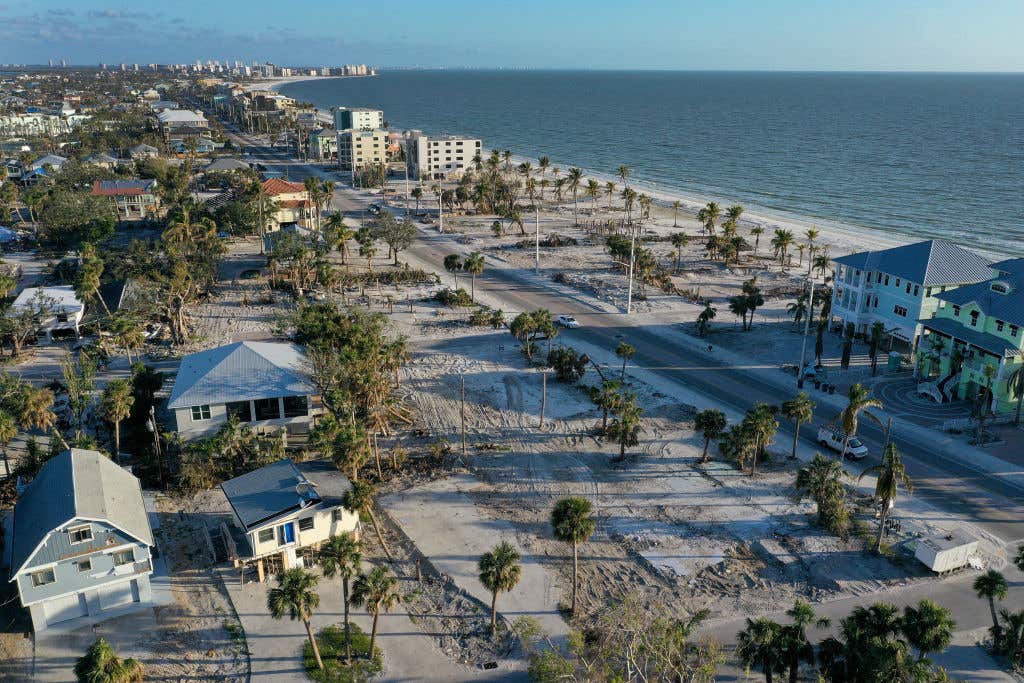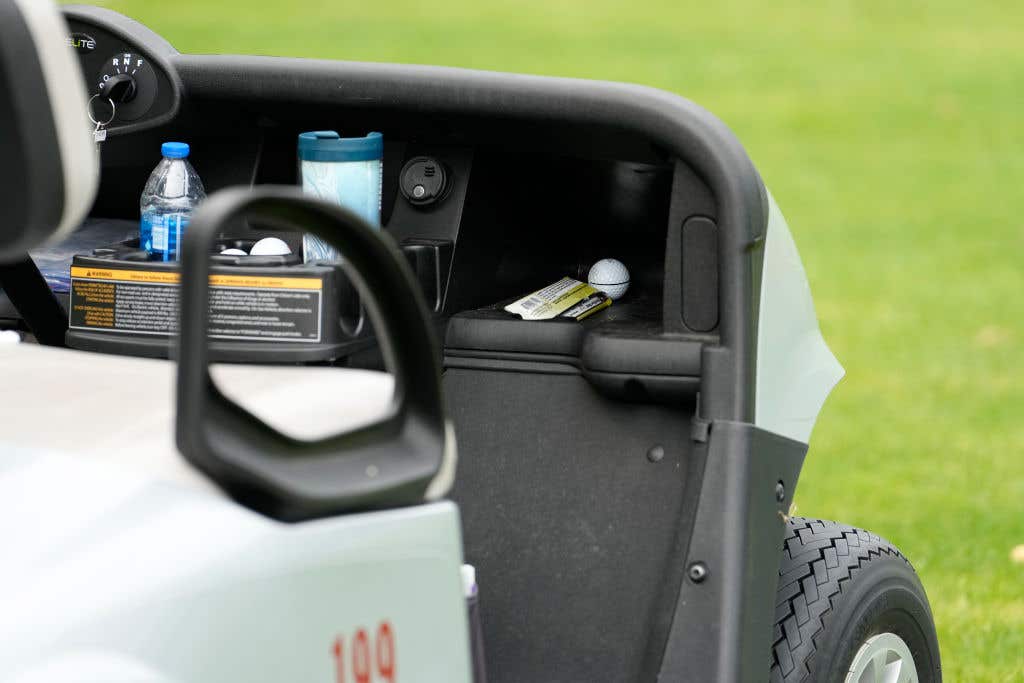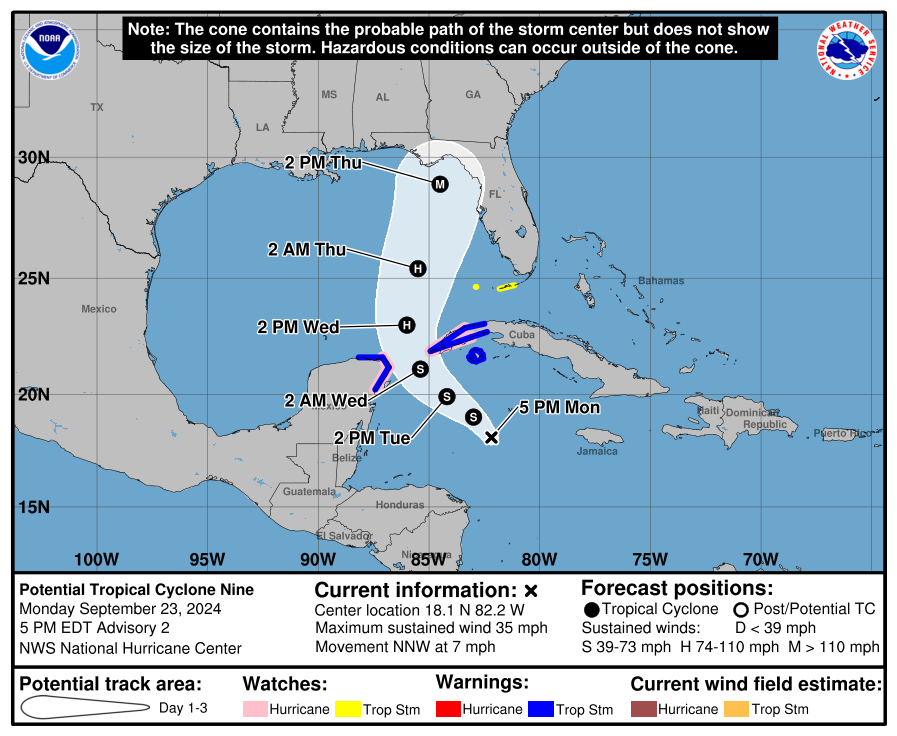
As of the 5pm September 23rd forecast, Potential Tropical Cyclone 9 now looks to grow into a major hurricane before reaching the Big Bend area of Florida. Some in Tampa seem to be breathing a bit of relief with this news, but I bring a warning. Let me tell you why to take Hurricane Helene very seriously. 2 years ago just before Hurricane Ian wrecked Southwest Florida, the cone had this storm heading towards Tampa. The cone later shifted south and the targeted Southwest Florida. Since I live in Southwest Florida and save things like this, here - this is what the Hurricane Ian cone looked like 2 days before it hit us.
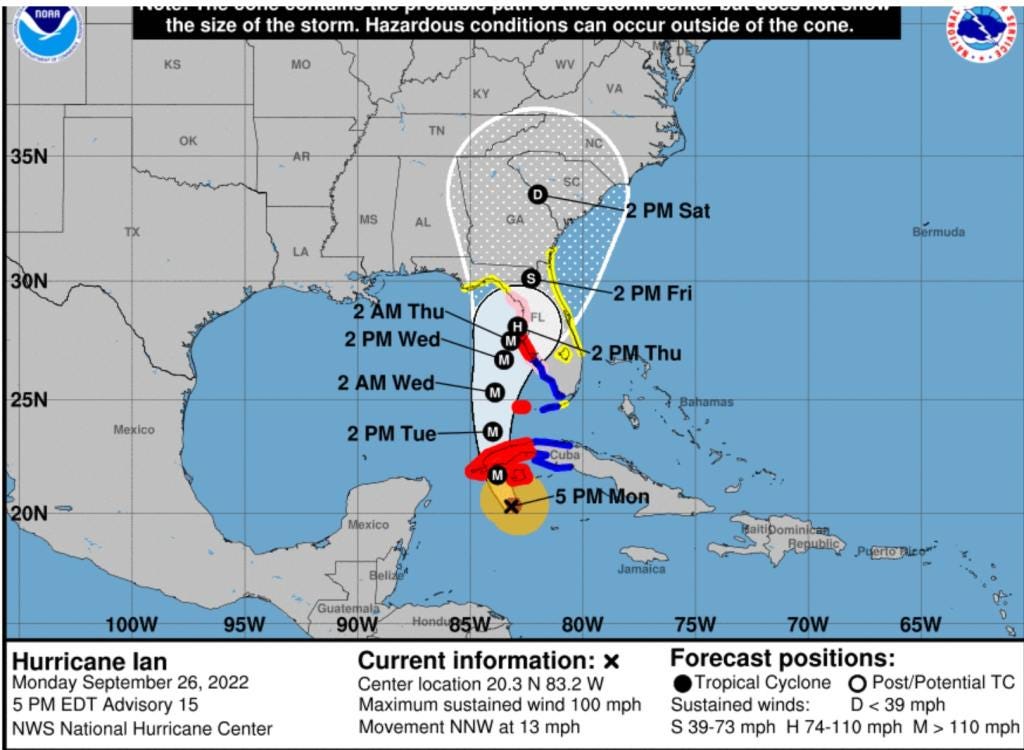 NOAA
NOAATake Hurricane Helene Very Seriously
Just in case those of you in Tampa had forgotten, Ian was once on track to be your storm, not ours. What is currently Potential Tropical Storm 9 is almost certain to become major Hurricane Helene heading towards Florida. Tampa is currently on the Southern edge of the cone. Which in my personal experience, is potentially the worst place to be.
I have been through a lot of hurricanes. From Katrina and Wilma, Irma, and on up to Ian and a whole mess of them in between. Nothing is worse than the surge of water that comes with a big storm. Nothing. I would rather take a direct hit from a hurricane than have one pass by in the gulf because of the devastating effects of surge. Hurricane Ian absolutely destroyed Fort Myers Beach and wrecked a lot more of the town not because of a direct hit - but because of the surge from the storm still being centered over water while it passed nearby. So please, Tampa, Clearwater, St. Pete, and the surrounding area, Please take Hurricane Helene very seriously. Here's the latest (as of this writing) surge estimates:
Take Hurricane Helene Very Seriously
Some watches are already out, and warnings will be following shortly. A state of emergency has already been declared in many Florida West Coast counties. If you have a boat anywhere near the cone, FWC has asked me to share tips on how to secure your boats for impending severe weather.
- If your boat can be trailered, haul it out of the water and move it to a safe location as far from tidal waters as possible. This includes kayaks and other recreational watercraft.
- If your vessel must stay in a marina berth, double all lines and rig cross-spring lines fore and aft, and attach lines high on pilings to allow for tidal rise or surge.
- If your vessel is at anchor, move to the most protected area possible and set out multiple anchors with at least a 10:1 scope, remove canvas coverings if possible, and remove or secure any sails.
- If your vessel is to remain on a mooring, make sure it is designed to withstand the load that your vessel will place on it. Inspect chains and swivels connecting to the mooring buoy and double up on the pendant.
- Remember to remove Electronic Position Indicating Radio Beacons, life rings, life jackets and loose items from the boat and store them in a safe, indoor location.
- Use the Florida Boat Ramp Finder to find a ramp near you.
- Charge batteries and make sure they can run automatic bilge pumps throughout the storm
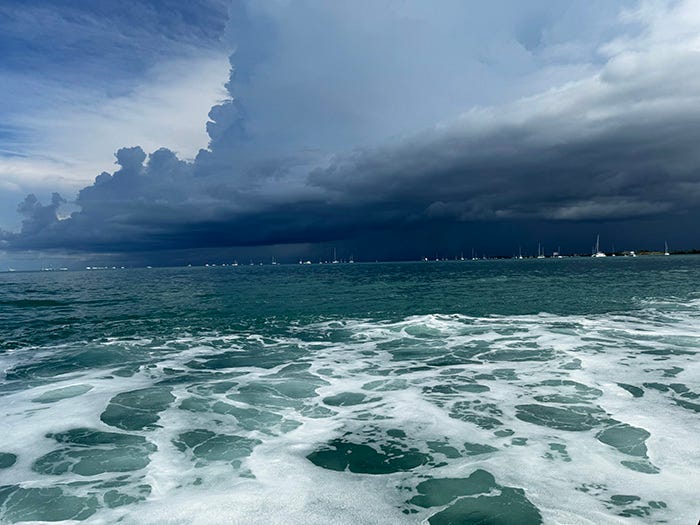 FWC
FWCBe Safe Everyone
UPDATE (7:56 pm): Here's the latest surge map from NOAA. Orange is more than 6 feet, red is more than 9 feet.
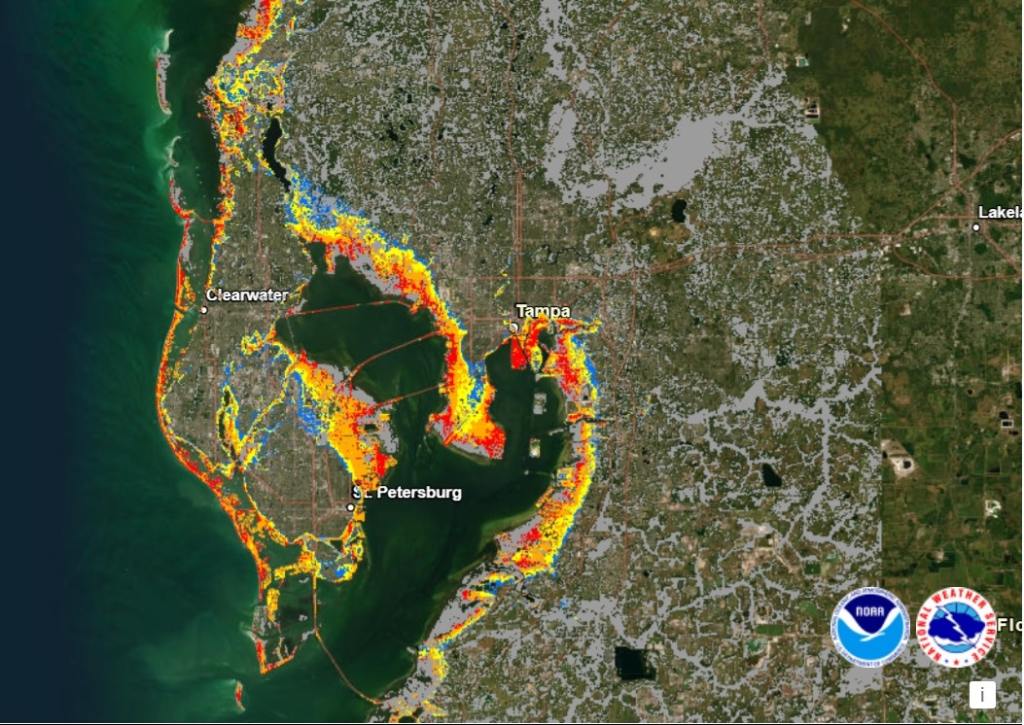 NOAA
NOAAAnd if you're still on the fence about why you should take Hurricane Helene very seriously, I'll leave you with this. The majority of the damage from Hurricane Ian wasn't from the winds, it was from the water.
[select-gallery gallery_id="79362" syndication_name="pictures-of-fort-myers-beach-in-the-aftermath-of-hurricane-ian" description="no"]


